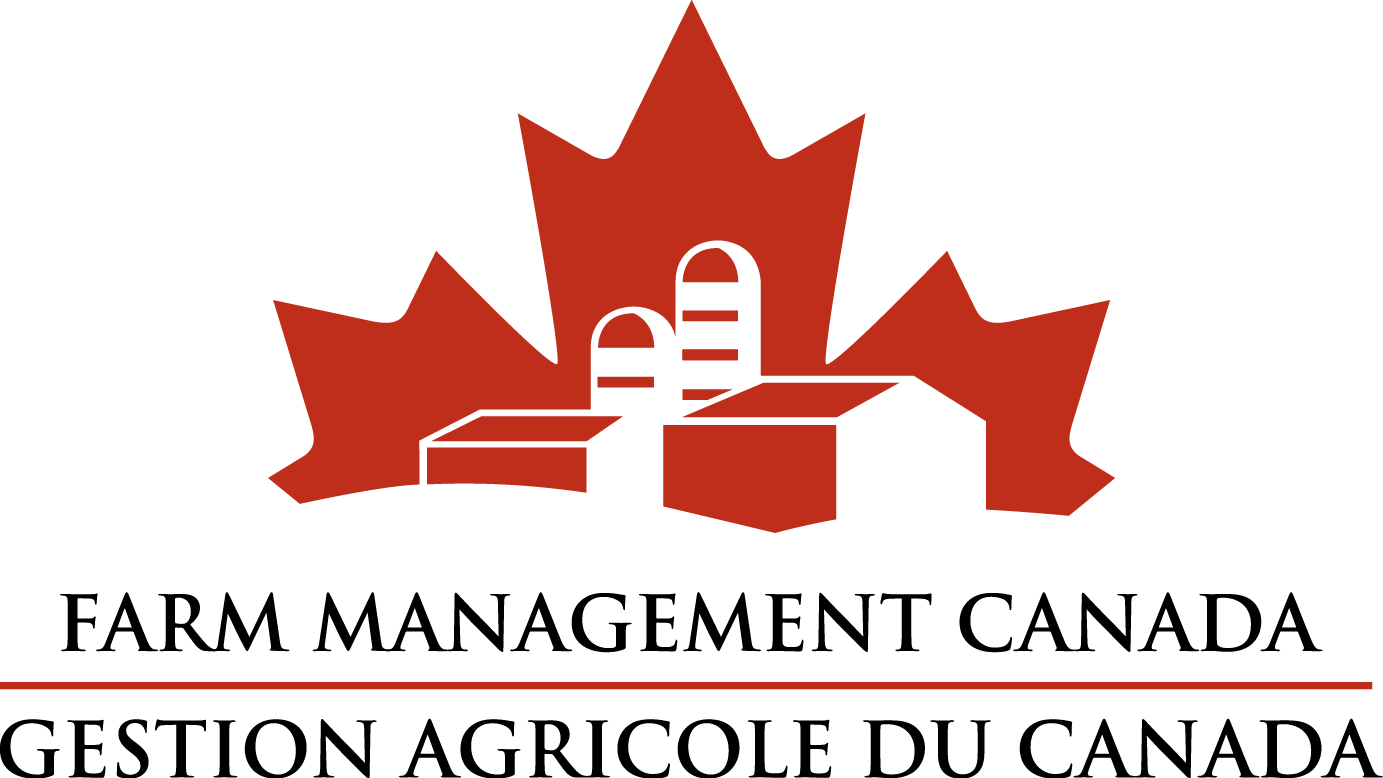Mobile technology, such as smartphones, offer farmers expanded capabilities beyond just email and voicemail and increased opportunities to multi-task on the go. Depending on location, most farmers have mobile technology access.
“The new smartphones have almost as much computing capacity as your desktop in your office, so you can essentially take everything with you,” says Greg Kitching, Precision Agriculture Agronomist and Certified Crop Advisor (CCA) ON, with AgraTurf Equipment Services in Ayr, Ontario. In a recent presentation at the Southwestern Agricultural Conference in Ridgetown, Ontario, Kitching provided some ideas for producers putting AgSmarts into Smartphones.
Before rushing out to buy a smartphone, do some homework first. “One of the most important questions to ask is about service,” explains Kitching. “Make sure your service provider is strong in the area you will be working in, as signals can be an issue for some people. Shopping for the right data plan that meets your needs is also very important. Reliability and ruggedness in the field are critical. Make sure to check warranty and replacement options from service providers.
Kitching notes that the 3G technology is a definite improvement in terms of transfer rates, which keep improving with new releases. “Hardware is also a big thing, and with different options for Blackberries, iPhones and droids, make sure to look at the applications available and find the hardware that matches what you want from the app end.” An app is a small piece of software made for smartphones. Many apps are free or available for a small charge.
Using Smartphones in the Field
“The new smartphones essentially let you take your business with you, and with the advent of guidance systems in machines, it gives you time to do your marketing or banking while you are in the field,” says Kitching. “It gives you the ability to multi-task and keep on top of details and communication, without having to wait until evening to catch up.”
Weather is probably the most important information. “The weather network has a really good app, which gives you almost real time radar on your phone,” explains Kitching. “Features like GPS and a good resolution camera in the phone are invaluable for sharing information with crop consultants for example. If you see an issue in the field, you can take a photo, the software will automatically geo-tag it and then send it off to your crop consultant. The consultant can come right back to the exact spot in the field.”
Blackberry messenger is useful for communications within an organization, as it allows you to communicate in groups easily ensuring everyone has the same information. “This can be useful when working with custom sprayers for example, where you can back up spray directions with an email and even send GPS coordinates from your mapping software so the custom applicator can add the coordinates to their phone and make sure they are in the right location.”
Although Blackberry has more agriculture related apps available, new ones are introduced all the time. A couple of examples include the Grain Farmers of Ontario who have launched an app called SellSmart for markets, and the Alberta Canola Producers Commission have launched a mobile version of their website. Many media outlets offer apps and some seed companies have apps for seed selectors and barcodes that link to seeding recommendations and population counts. Go to Blackberry or iTunes or check with other farmers and agronomists to find out what they find useful.
“Social media such as twitter is also becoming a useful tool,” says Kitching. “There are all kinds of great people to follow on twitter and some crop consultants are starting to use it. I follow a marketing expert from the US, who tweets 20 or 30 times a day on factors influencing markets around the world. It is only two lines of text, is quick and efficient, and you can ignore it if you want.”
